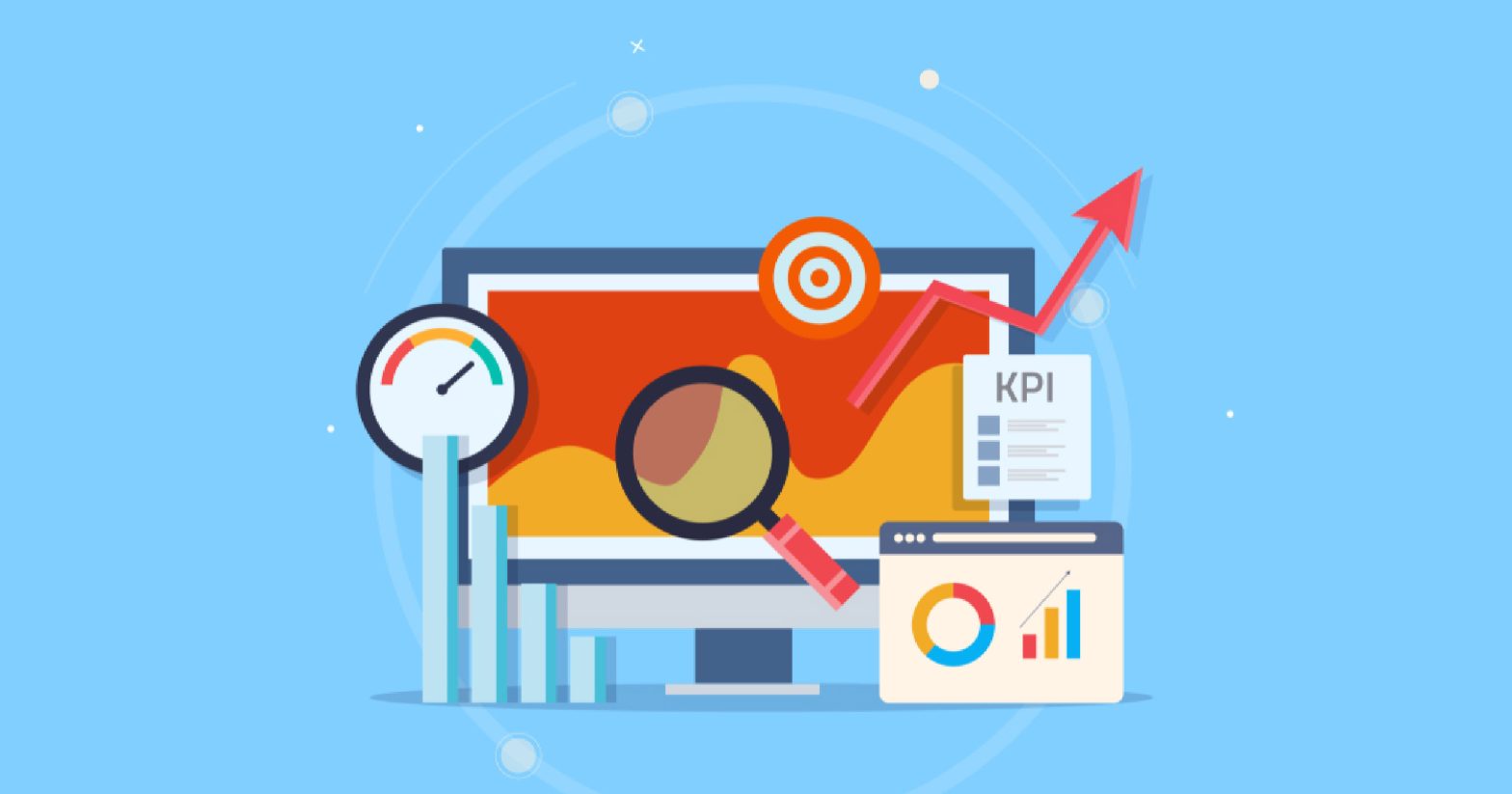

In the world of digital marketing, your website’s bounce rate is a metric that can make or break your business. A high bounce rate could signal that visitors are not interacting with your site as intended, affecting both your SEO ranking and conversion rates. This blog delves into the bounce rate in detail, identifying what constitutes a good bounce rate and presenting seven strategies to decrease it effectively.
For the year 2024 and beyond, certain KPIs are important in the overall assessment of the condition and functioning of the website. This is part of the signage, important to know for planning changes and improvements. Other KPIs That You Should Monitor.
The bounce rate on a website should be lower because if the visitors are bouncing off, it means they are not interested in what you are offering and are not spending more time on the website apart from the first page they landed on. If your bounce rate is high, it could be that your landing page is poorly designed, your content is not relevant, or your website page is taking too long to load. Analyzing the bounce rate can be useful for businesses to know where visitors’ attention stays on pages that are not relevant to marketing and the expectations set in marketing campaigns.
Better content quality, better navigation, and making the landing pages on the search user interest can help in minimizing bounce rates. Another crucial factor that should be taken into consideration when it comes to UI design is the simplicity and aesthetics of the design since it can encourage visitors to explore your site further.
Longer time spent on your site usually means that your content is interesting to the visitors and they spend more time on your site. This KPI is directly reflected in the quality of its content and the relevance of the information provided to the target audience. Produce interesting and, above all, valuable content that will help you extend the average time of a session. To increase the amount of time website visitors spend on the site, use videos, podcasts, and infographics. Additional features such as quizzes, polls, and clickable infographics can further enhance engagement and make visitors read your content in a very passive, sequential manner.
This is an indication of the amount of content that a given person was able to take in during this session. More per-page views are always desirable because they indicate better internal linking and a well-organized content structure that guides users to the next step and other useful content. If you want to improve this KPI, ensure that your website has a clear structure that encourages users to explore and click around. It is also possible to enhance the number of pages views per visit with the help of similar posts, featured content, and strong calls to action at the bottom of the page.
The time taken to load a website page is very important in ensuring that your audience stays on your website. Fast Load Time: A fast-loading website is preferred by users and is also well-ranked by search engines as well. For instance, page speed is one of the factors that Google uses in its search engine ranking protocol. Reduce image file size, and enable browser caching among other things you can look at that will tell you if your site will load fast.
A mobile responsive website adapts to the size of the device that is used to view it so that it is optimally viewed on any device. Mobile-first is a relatively new KPI that is quickly gaining popularity as mobile traffic has surpassed desktop traffic worldwide. Some of the ways to optimize your site for mobile include using responsive design frameworks, optimizing mobile images and videos for size, and minimizing the number of links and buttons for touch-friendly navigation.
Total visits are the total number of visitors on the website and can be further classified into new and repeat visitors. This particular KPI should be monitored so that you can determine the traffic and response of your site. Further, increase the traffic by using SEO and content marketing strategies in combination with paid advertising and social media promotion. This not only tells you where your traffic is coming from (direct, search engines, referrers, social media, etc. ) but can also help direct your marketing efforts toward the most productive channels for you. These individual (though related) KPIs may appear to be small shifts. However, businesses must also consider how this can be leveraged to enhance their digital marketing, increase the effectiveness of websites, and consequently, increase the level of user interaction and varying degrees of success in the digital realm.
That is why you need to follow these six KPIs in 2024 to understand how your website is performing. Each KPI is a door to something that is broken and a key to new outcomes, from the bounce rate to see if your website is mobile optimized since over 60% of the traffic accesses your website from mobile. These metrics are checked and analyzed periodically to improve the strategies, enhance the user experience, and achieve the best results in the digital world. Remember, 100,000 visitors are nothing until you convert those 100,000 to accomplish your goals.